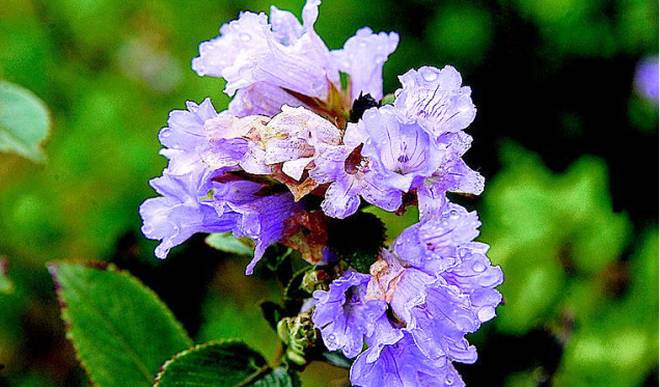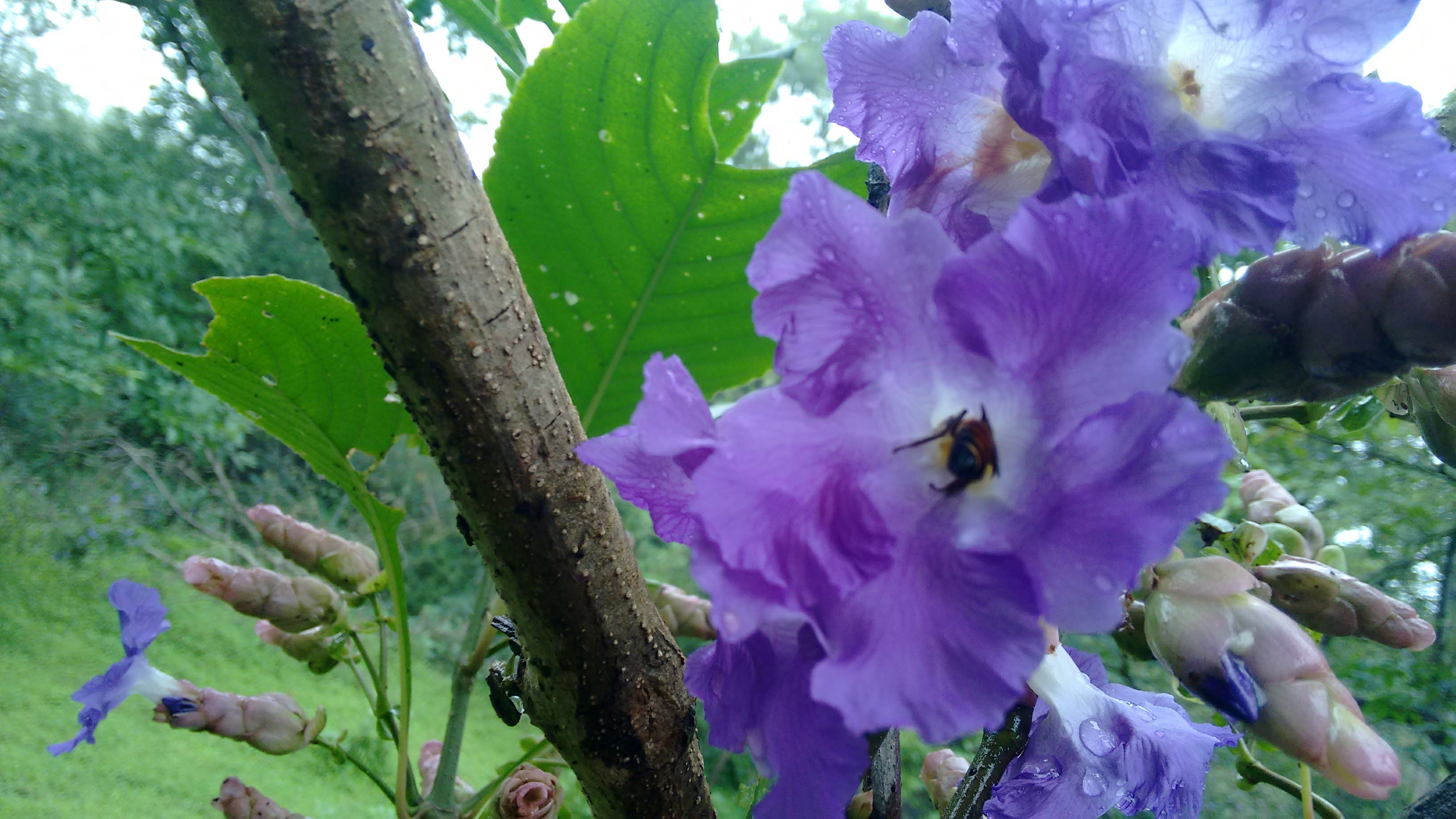The FIFA World Cup will come back in 4 years and the General Elections after 5. But here’s something that’s returning after 12 long years and it will be another 12 more before it makes a come-back!

The Neelakurinji, the beautiful purple flower that gives the Nilgiri Hills its name, is flowering after a dozen years! If you wish to witness the spectacular mass-flowering with your child, this is the time!
The hills around the Eravikulam National Park and Munnar in Kerala burst into a carpet of purple once in 12 years when the Neelakurinji flowers bloom.
It last flowered in 2006 and will begin to flower once more between August and October 2018. If you plan to make a trip…here’s all you need to know. If you can’t, well…tell your child about this phenomenon. It is quite something!

Here are some snippets about the Neelakurinji
- The Nilgiri Hills get its name from this purple-blue flower (nil = blue; giri = mountain) called kurinji.
- It flowers only once in 12 years.
- All the flowers on the mountain, flower en masse…meaning all together. This phenomenon is called mass flowering. (for more on that scroll down)
- The botanical name,in case you want to know, is Strobilanthes kunthianus.
- There are over 50 other species in the Storbilanthes genus in India.
- Other flowers of the same family follow similar flowering patterns but have their own cycles. The Karvi flowers in the forests of Mumbai every 7 years.

When the Karvi and Kurinji flower like this, en masse, once in many years, it is party time for the bees and insects! You can literally see them in every flower and hear buzzing away – just like this one I captured in Sanjay Gandhi National Park in 2016.
The Kurinji is also closely associated with the local people of the Nilgiris. Its flowering is regarded as auspicious by the Todas of Ooty. It is said that the Muthuvans of Munnar calculate their age as multiples of how many kurinji flowerings they have seen 🙂
This is also the time, a huge reserve of the delectable Kurinji Honey becomes available!
The Kurinji nevertheless has its own threats. Tea and Eucalyptus plantations are more profitable than wild kurinji and the hills are at threat.
As the phenomenon becomes more popular among tourists and it generates more tourism revenue, perhaps, attitudes might begin to change.
Many tourists are already making a beeline rush to Munnar during these months to witness the spectacle. It makes for quite a sight!
What’s the deal with Mass Flowering?
Imagine if all the dogs in the city were to have puppies at the same time! Or if all the people in a village had babies on the same day!
Strange, isn’t it?
And yet, that is exactly how some creatures behave!
One of them you might know about is the Bamboo. The Bamboo is a grass that flowers en mass – that is every bamboo of a particular kind in the world, will flower at the same time.
Each species would have its own cycle. Some flower once in 12 years – others once every 60 years! But they always all flower together and then they die immediately after that!
Some animals do this too. In Africa, the wildebeast all have babies on the same day. It is called mass birthing. Why do they do this? Well…its a survival strategy.
If they had babies on different days, their offspring will all be at risk of being hunted by lions and cheetahs.
But if all babies were born at the same time – as a group, they would lose only 1 or 2 of the babies…as the predators can’t eat them all on one day! Nor do they have refrigeration to store the dead meat like humans do! So by mass birthing, the entire group ensures that it has a greater survival rate!
Interesting isn’t it?
Some plants do this too. The Neelakurinji is one such. It blooms every 12 years and its quite a sight when it does!
Wouldn’t it be great if you could witness this rare and unique natural phenomenon with your children? Should you want to…you’ve got to plan now!
And if you can’t make it this time, put it in your diary for 2030!

Salonee
August 15, 2018 - 11:23 am ·Great article informative too :’)
Mallika Iyer
August 15, 2018 - 6:16 am ·Thank you 🙂